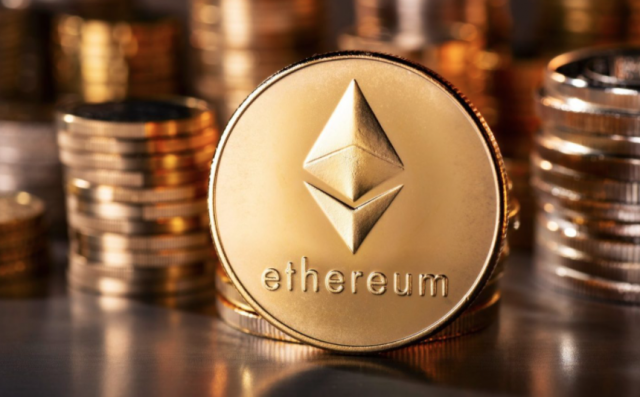For a long time, the “London Hard Fork” or EIP 1559 has been a topic of particular concern to cryptocurrency investors, because this upgrade is to solve the problem of gas fees that have been complained about by the Ethereum network. However, miners may be greatly affected, but investors believe that because most of the issuance of Ether will be burned, it may be an opportunity for the price of the currency.
A total of 5 EIP plans are launched together with the London hard fork:
EIP 1559: Changes in the fee structure of ETH 1.0
EIP 3198: Operation code for a basic fee
EIP 3529: Reduce refunds
EIP 3541: 0xEF byte contract rejected
EIP 3554: Increase the difficulty of the bomb delay until December 1, 2021
However, EIP 1559 has gathered a lot of attention because it will completely change the fee structure. Currently, miners are enjoying a huge profit of 2 Ether plus transaction fees for each block confirmation. In addition, with the congestion of the ether network, Gwei (the denomination of the cryptocurrency ether used on the Ethereum network) also soared within a few seconds.
But with the upgrade, the block size will increase with the increase of network traffic. Therefore, in the long run, GAS fees have not been reduced, but users are still free from paying excessive fees for transactions. With a better estimation process, high GAS fees are paid attention to, and the GAS fees between blocks are also smoothed.
Will Ethereum become a deflationary asset?
First, it must become a deflationary asset, and the amount of burn must be higher than the amount of Ether issued in the block reward. Under the current proof model, nearly 4% of the total Ethereum supply is issued. After EIP1559, in order to balance the issuance rate of ETH burns, a continuous 150Gwei is required. There is no doubt that these levels have been reached, but they cannot be maintained.
However, with the upgrade of Proof-of-Stake, the issuance of Ethereum will significantly decrease by 90% to about 0.4%. And to experience such a drastic reduction, Bitcoin will need three halvings, so “three halvings.” In the coming days, according to the upgraded model, 20 Gwei will be maintained to balance the circulation. Therefore, Ethereum will truly become a deflationary asset at this time.
Generally speaking, the London hard fork intends to set a basic GAS fee. As the network congestion, the block size increases, and the basic fee will also increase. This prevents traders from paying excessive fees for the transaction. Therefore, although Ethereum did not default to deflation and the supply did not decrease by 90%, the price of Ethereum is still very optimistic.


